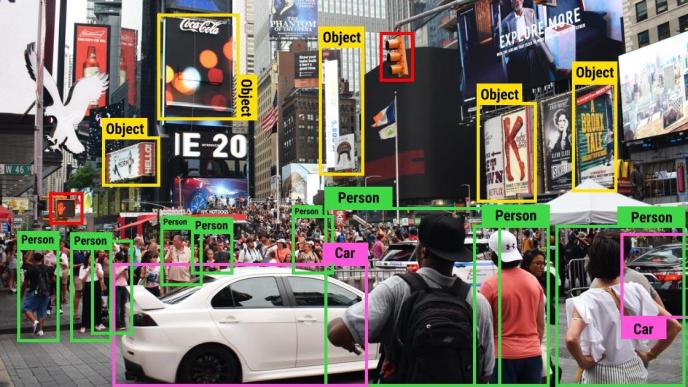According to Gartner, artificial intelligence (AI), and especially generative AI, has reached the peak of inflated expectations. This means that early interest and publicity has created a “buzz” around the technology and our expectations around what the innovation can do exceed its current capabilities.
In this stage of the hype cycle, an investment bubble can form as businesses are promised that the new technology will transform every aspect of their operations for the better. And what results is a number of impressive success stories and scores of dismal failures.
While generative AI does appear to present many exciting opportunities, it’s easy to become fatigued by the relentless hype; especially if you’re one of the many businesses that has deployed AI with high hopes but haven’t achieved the results you were after. But the problem with any kind of hype is that when everyone is talking about something, we tend to want to try it out so that we can be part of the conversation too. This isn’t necessarily a bad thing as long as the investments you make align with your business strategy and you have a clear roadmap that outlines how you’re going to use AI to reach broader business goals.
A balanced approach
In 2024, it’s more important than ever to cut through the noise and adopt AI in a way that aligns with real business needs.
AI should not be adopted just because it’s trendy.
It should be deployed because it’s the right solution to address a specific problem. As such, it may be a better idea for you to channel your focus and budget to restructuring your existing databases or improving current processes because this offers better returns than an AI implementation.
In addition to this, when developing your AI strategy, it’s vital to remember that AI is not the only way to solve a problem. Your AI deployment should complement and not replace humans.
During the industrial revolution, we saw new machines and new ways of organising work transform entire industries, making them more productive and efficient. But the machines didn’t take over entirely because the human touch is critical. With this in mind, modern businesses need to find a way to strike a happy balance between leveraging AI for efficiency, while also maintaining human oversight so that they can guarantee that the technology delivers real, sustainable value.

This, in large part, comes down to having the necessary expertise to get the most out of AI; especially when dealing with legacy systems. If, for example, you get swept along by the AI hype but your company’s data landscape isn’t in great shape, you’re going to hit some roadblocks. Put simply, if you lack clean, usable data, AI won’t deliver the expected benefits. Before embarking on any AI implementation, be mindful of the fact that data quality has a massive impact on model performance. So, if you have data issues, these should be addressed upfront.
Right now, the challenge many businesses face is when to pull the trigger. While early adoption comes with higher upfront costs and greater risks, those that get involved early are the first to overcome the initial hurdles and really start experiencing the benefits of this new technology.
Conversely, the businesses that hang back a little can draw on the experience of the early adopters; understanding how the innovation can be used to good effect and, just as importantly, where it adds little or no value.
Whatever you decide, it all comes down to implementing AI thoughtfully and with a clear plan in place so that you can realise the potential of this technology when the time is right.
And always remember that AI is an enabler, not a solution in itself.
Editor’s Note: This article was written by Saša Slankamenac, Architect in the office of the CTO and AI lead at Dariel Software













